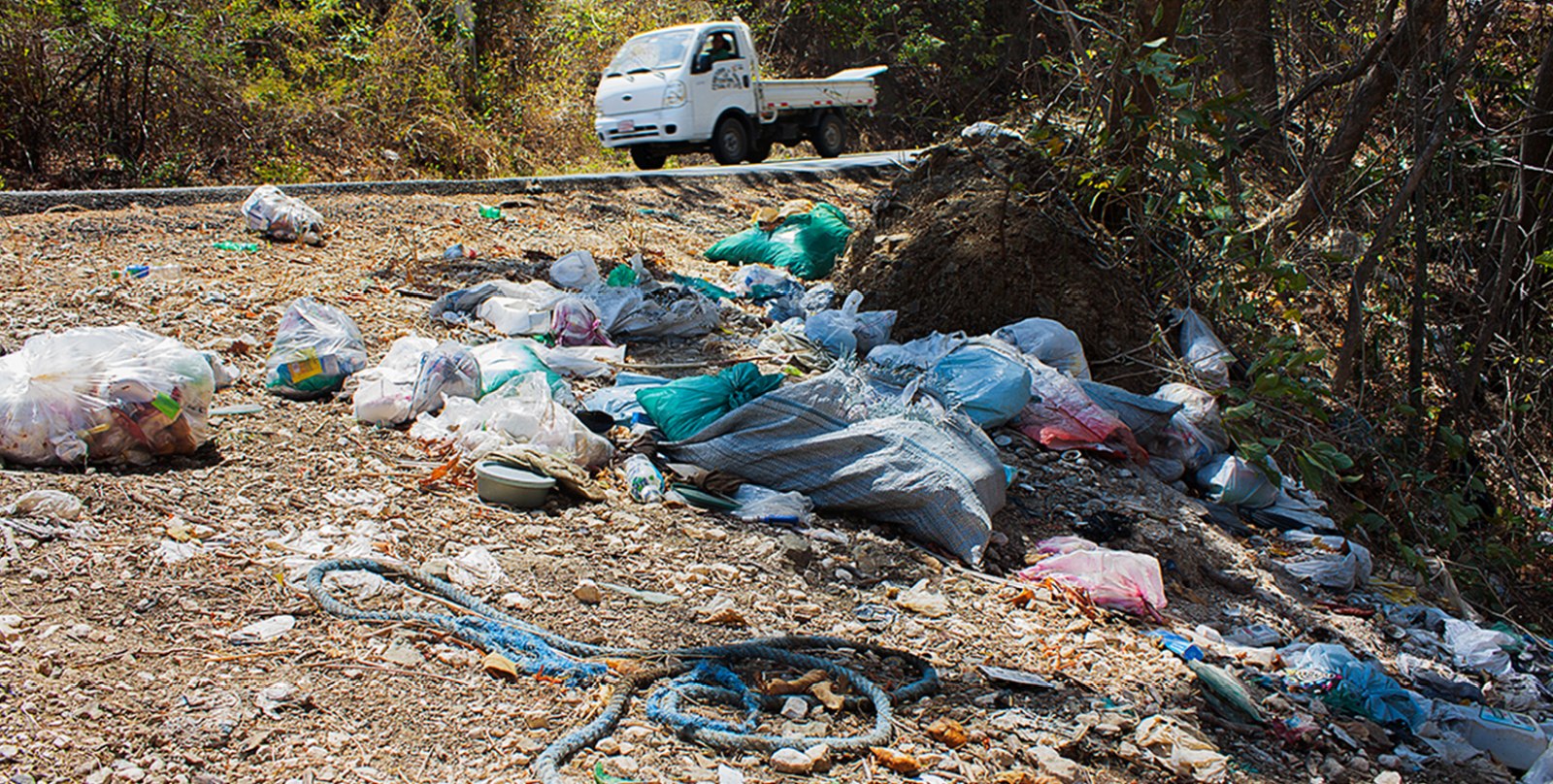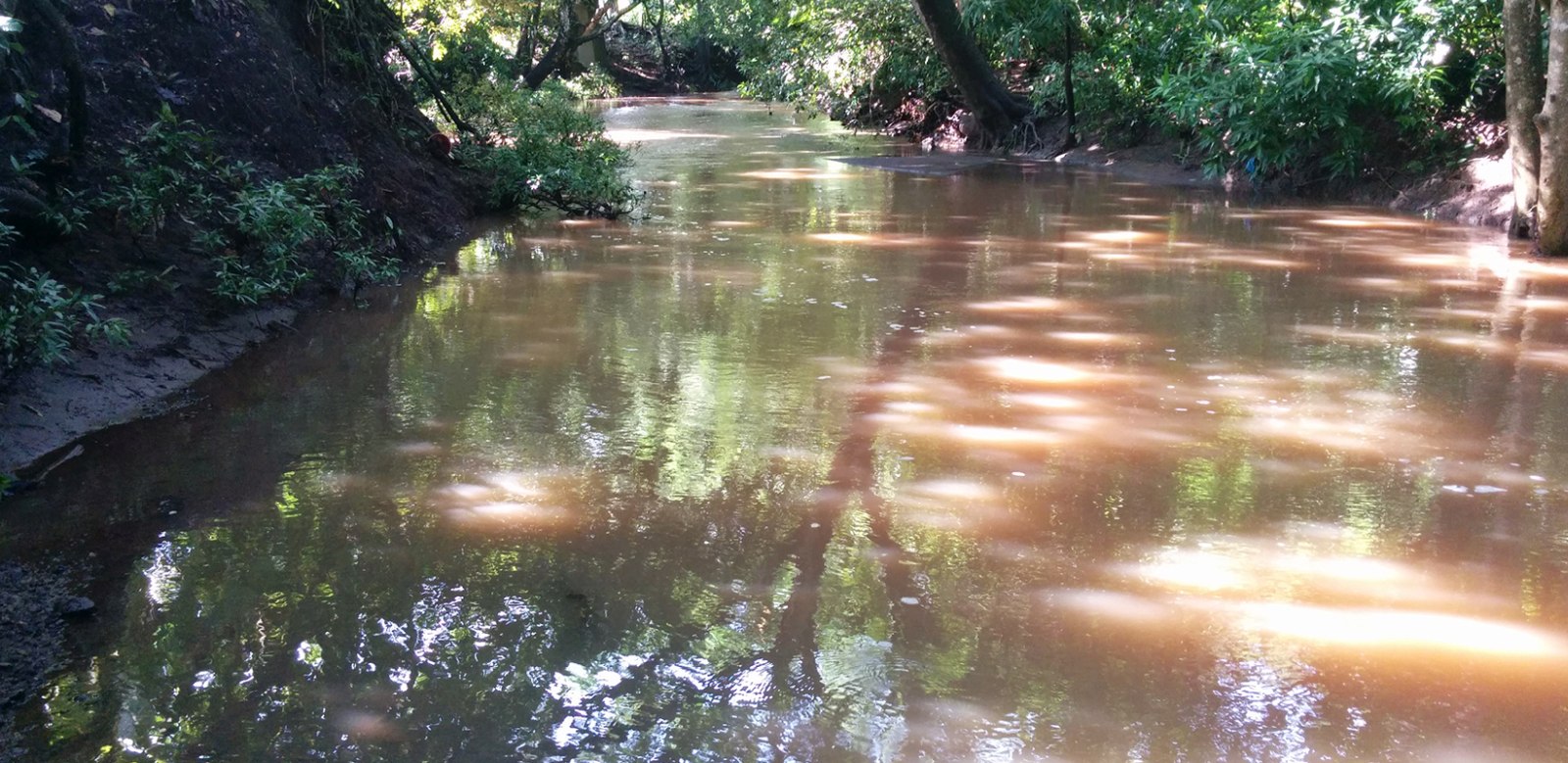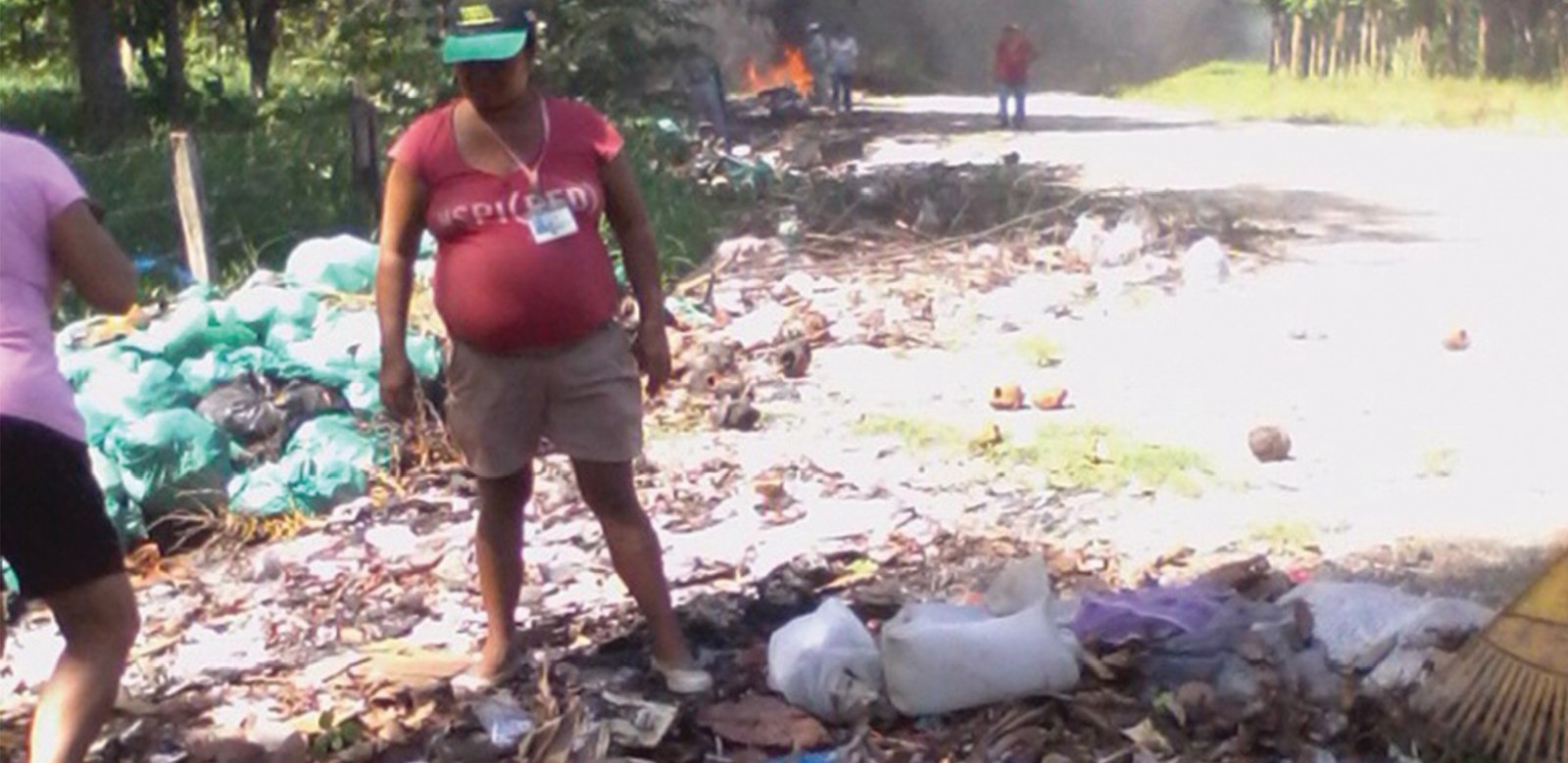
The increasing proliferation of so-called clandestine garbage dumps has people who live in the canton of Nicoya worried because it represents a threat to the environment and to health.
The Voice of Guanacaste visited four of these sites and could verify the presence of significant amounts of ordinary and extraordinary solid waste where people deposit trash on both sides of the street.
The first is located on the way to Quiriman, near the Perico River, where the trash contents are diverse: cardboard boxes, motorcycle helmets, toilet parts, diapers, paper, food scraps, coconuts, plastic bags and plastic and glass containers.
In addition, electronic waste was found at the place, even a small electric burner for cooking. At the site, traces of ash could even be seen, showing some neighbors’ intention of burning the trash.
Another place where garbage piles up is on the way to San Antonio, on the hill that is before the sector known as El Piave. In this area, the presence of garbage is notorious, so much so that it falls over the side of the road and gets lost deep down in the precipice.
In this place, the variety of waste is likewise extensive and includes shoes, clothing, the remains of washing machines and even medicine bottles.
A third clandestine site where garbage is thrown is in the La Matabuey neighborhood of Nicoya, in the sector of the wastewater treatment lagoons.
Diapers, pipes, remains of washing machines, cardboard boxes and leftover construction materials can be seen there, among other things.
Finally, another place where trash is deposited is in the sector near the Rio Grande, in the El Carmen neighborhood. At this place, although the amount of trash is less, a number of garbage bags can likewise be seen.
Muni and Ministry of Health Disagree
Both the Municipality of Nicoya and the Ministry of Health recognize that the situation of clandestine dumps is not new and that these sites have always existed in the canton.
However, what is new is the increase in the amount and diversity of the garbage.
Meanwhile, neither the Municipality of Nicoya nor the Ministry of Health come to an agreement to address this issue and provide a definitive solution. The Nicoya Ministry of Health believes that the mayor’s office has failed to effectively implement the Law on Integral Waste Management because currently waste is not collected throughout the entire canton.
“We can not collect the garbage that is generated in the canton, and with regards to the clandestine garbage dumps that are along public roads, that is the responsibility of the municipality. Currently the garbage is not collected throughout the entire canton. The municipality has failed in this,” said Zinnia Cordero, director of the Nicoya Health Area.
For his part, Marco Jimenez, mayor of the Municipality of Nicoya, believes the local Ministry of Health has failed in applying Article 46 of the Law on Integral Waste Management, which indicates that the Ministry of Health is responsible for issuing a declaration of contaminated soil and taking the necessary actions against whoever is responsible for the contamination.
“The Ministry of Health has not done their part to address and resolve the problem generated by the operation of clandestine dumps, and with their inexplicable omission, they compromise the role of the state in guaranteeing that residents can enjoy a healthy and ecologically balanced environment,” Jimenez affirmed.
In addition, Jimenez blamed the Ministry of Health for the closure of Nicoya’s garbage dump, which took place in 2012, and since then, the amount of garbage in clandestine sites has increased.
On this subject, Cordero explained that the technical closure order was a directive issued by the Office of the Minister of Health in San Jose.
In addition, the Nicoya Area of Health reported that they have conducted informational campaigns on prevention and health promotion in educational centers in the towns of La Virginia, Nosara, La Mansion, Pilas Blancas and Nicoya.
Shared Responsibility
However, in regard to remedying this situation and the responsibilities in implementing the Law on Integral Waste Management, Article 46 notes that it is a shared responsibility between the Ministry of Health and the municipality, both of whom should carry out cleaning and remedying the situation and cover the costs of such work.
Moreover, Jose Cespedes, an official from the National Environmental Technical Secretary (SETENA- Secretaria tecnica Nacional Ambiental), pointed out that it is the responsibility of each person who knows about the appearance of a clandestine dump to file a complaint about the situation with the Environmental Administrative Court (Tribunal Ambiental Administrativo).
The complaint must include: the name of the person filing the complaint, their phone and fax number for notifications, email and the facts that prompted the complaint, as well as the exact location of the activity, work or project.
Such notifications can be made by fax to 2253-7130.







Comments